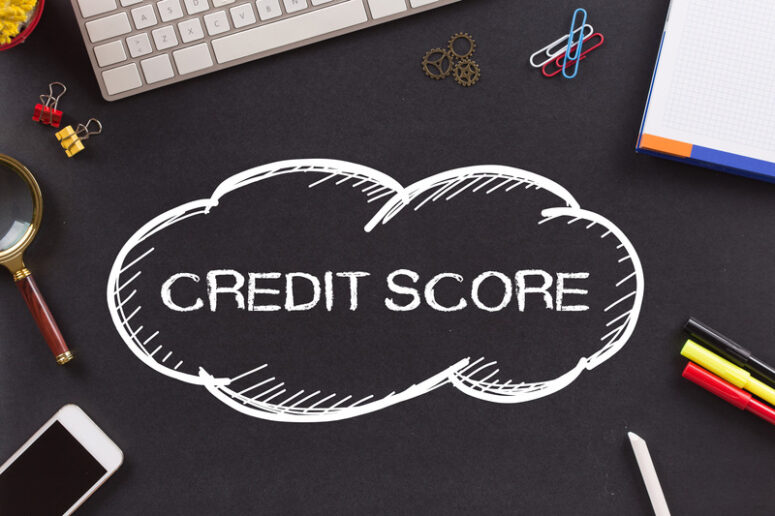As you know, your credit score determines your access to loans for things like cars, homes, and education. Anyone with a score of 800 or higher (20% of consumers) are considered to have excellent credit, while a score between 580-669 is deemed to be fair/poor (18% of consumers) and also called subprime. Scores at 740-799 (25% of consumers) are considered very good and are likely to receive better than average rates from lenders, but don’t worry if you’re not in the “excellent” or “very good” group. There are some simple things you can do to improve your credit score right now.
1. Double Check Your Credit Reports
The FTC discovered that about 5% of consumers have an error (or several) on their credit report. Obtain copies from each of the three major credit bureaus (Equifax, TransUnion, and Experian), and double-check them for accuracy. You’re legally entitled to one free credit report each year. If you do discover an error, report it immediately to the credit bureau so it can be corrected.
For more about protecting your credit score during the coronavirus epidemic, click here.
2. Prove Your Track Record
Payment history is one of the most significant factors in determining a credit score. To ensure consistent, on-time payments, consider setting up automatic payments through your bank. The FICO score is weighted to give more value to recent history, so if you’ve missed payments in the past, you can override your bad history by being on time now. This also means you can’t skip payments. In addition, the age of the account matters. The longer you have a credit card open and in good standing, the higher your score will be.
3. Be Aware of Your Credit Utilization
Lenders look at the ratio of your credit limit and the amount used in a given month. Ideally, this should be less than 30%. Higher than that and you may be considered a poor risk. If you can keep it below 10%, that’s even better. To manage this, set up balance alerts, ask your lender to raise your credit limit, and pay off your balance several times during the month.
To calculate your credit utilization, you will need a copy of your current credit report. Find all of your credit cards and get the current balance and current limit for each of them.
Divide the current balance by the current limit and then multiply that answer by 100. This is your utilization percentage for that card. It’s recommended that your utilization should be 25% or less for each active credit card.
4. Lower Your Debt-to-Income Ratio
The debt-to-income ratio is a reflection of your monthly debt payments as a percentage of your monthly income. Lenders use this to determine whether you have enough excess money to cover your living expenses plus your debt obligations. The lower this ratio, the more income you have for a new loan. To lower your debt-to-income ratio, pay off outstanding debt, or find a way to earn more income.
Not sure what your debt to income ratio is? This handy tool will help!
5. Consolidate Credit Card Debt
Credit card interest rates are often quite high, and the interest rates on personal loans tend to be smaller. If this is true in your situation, consolidate your credit card debt into a personal loan. The lower interest rate could save you quite a bit of money as well as 3-7 years in repaying the debt. Also, because a personal loan is an installment loan with a fixed repayment term, you lower your credit utilization in the process.
Taking one, or many, of these steps, will greatly improve your credit score and help put you on the path to financial freedom.









